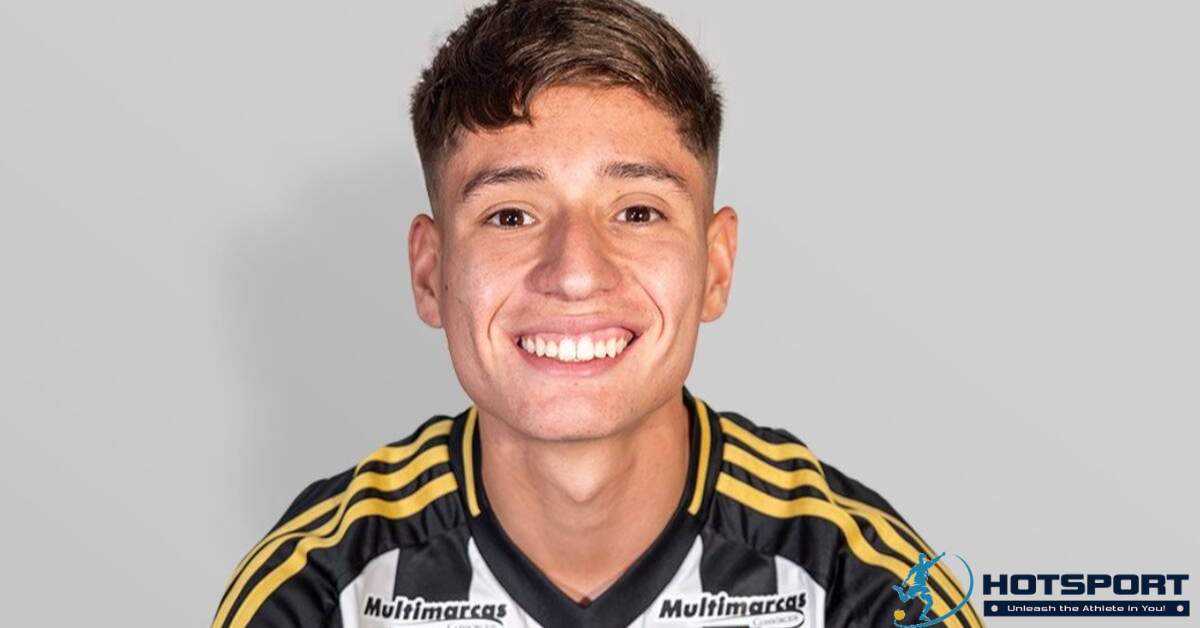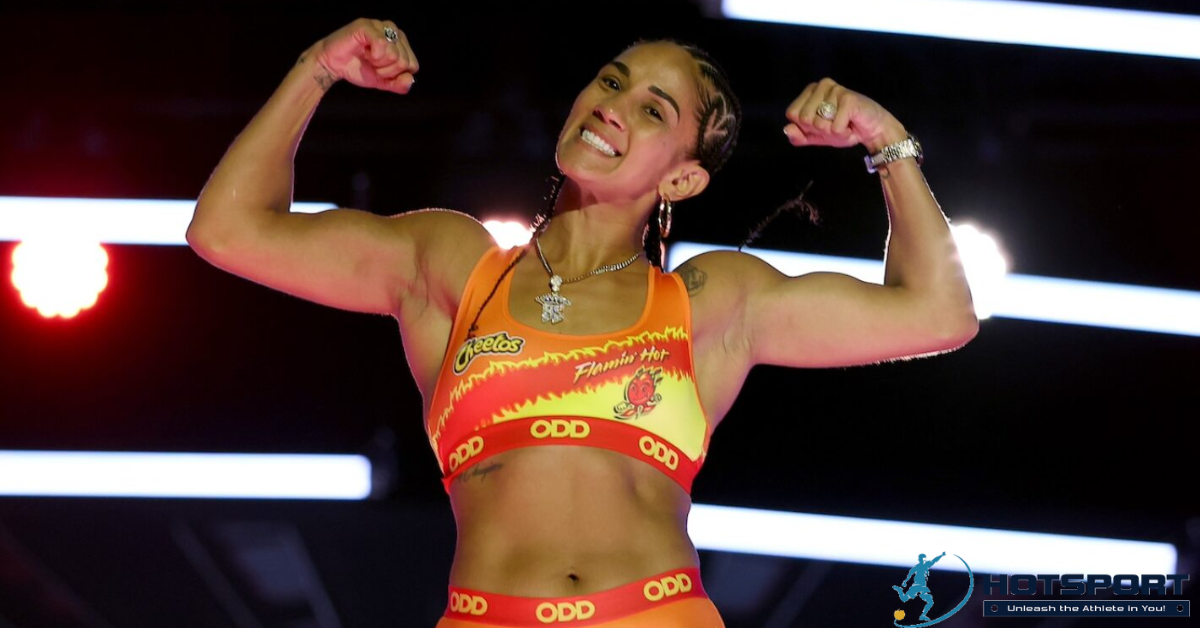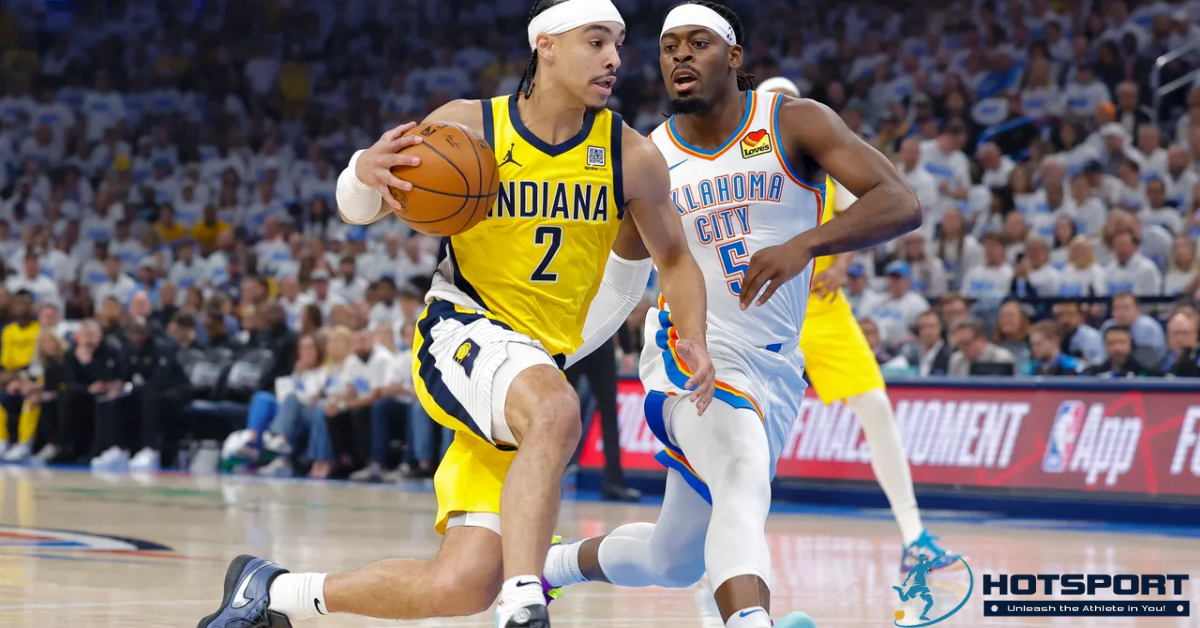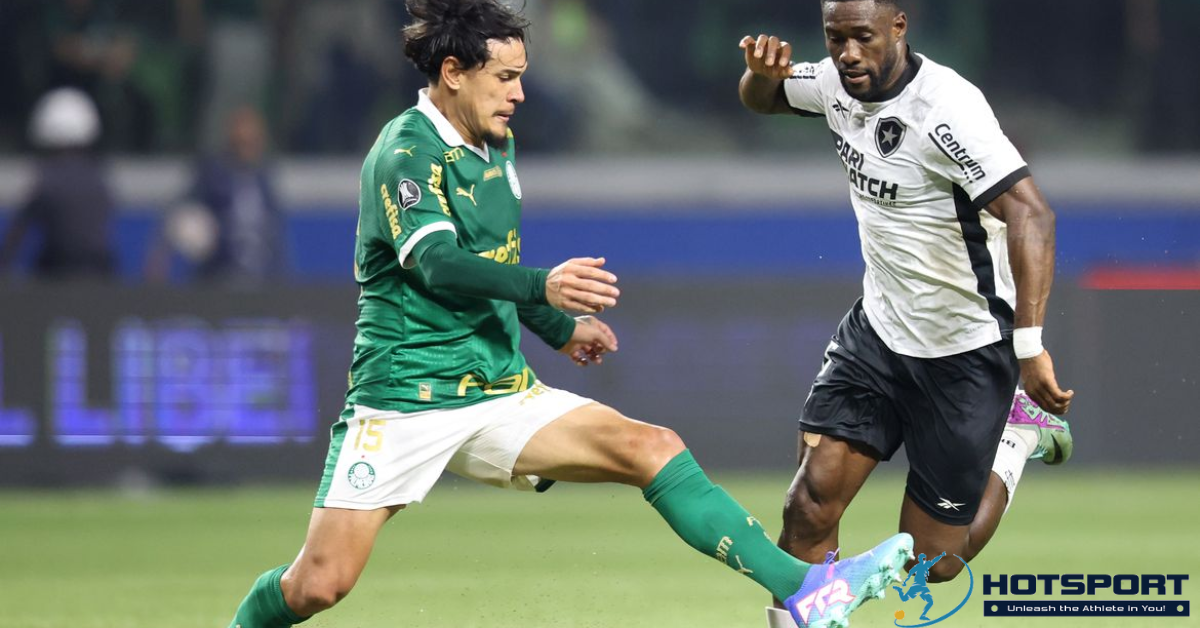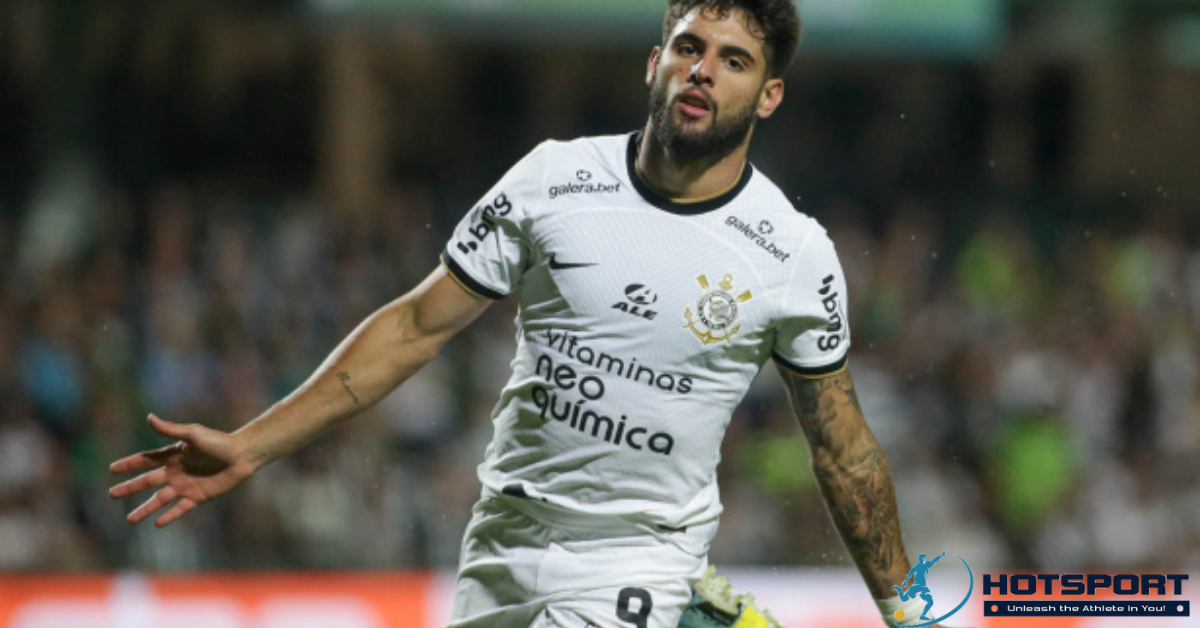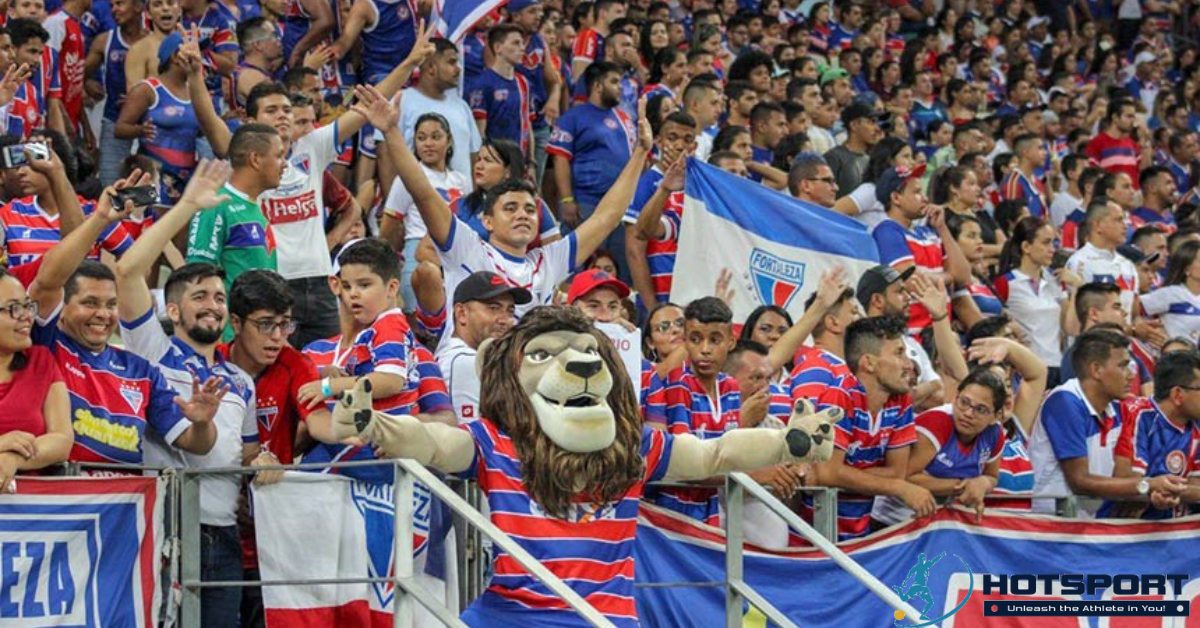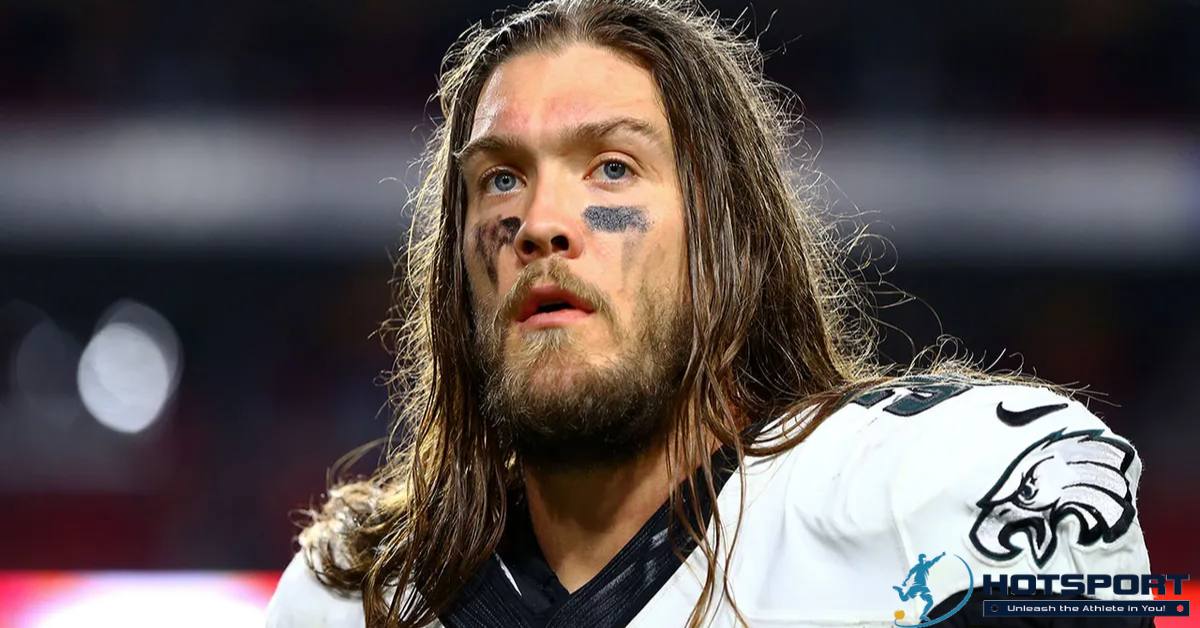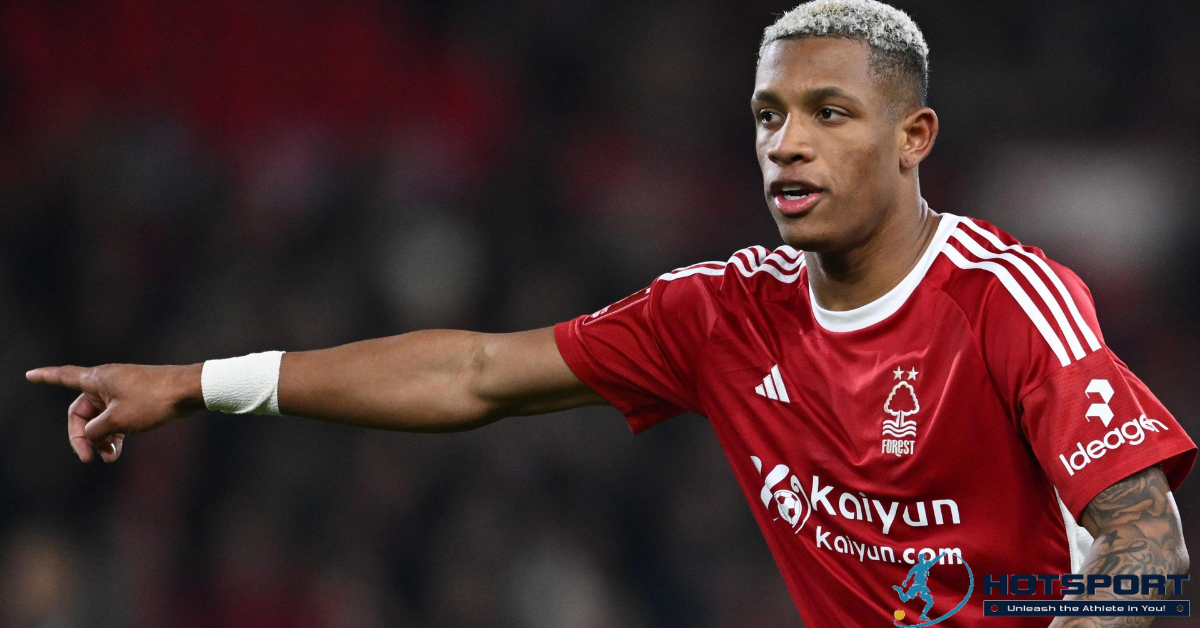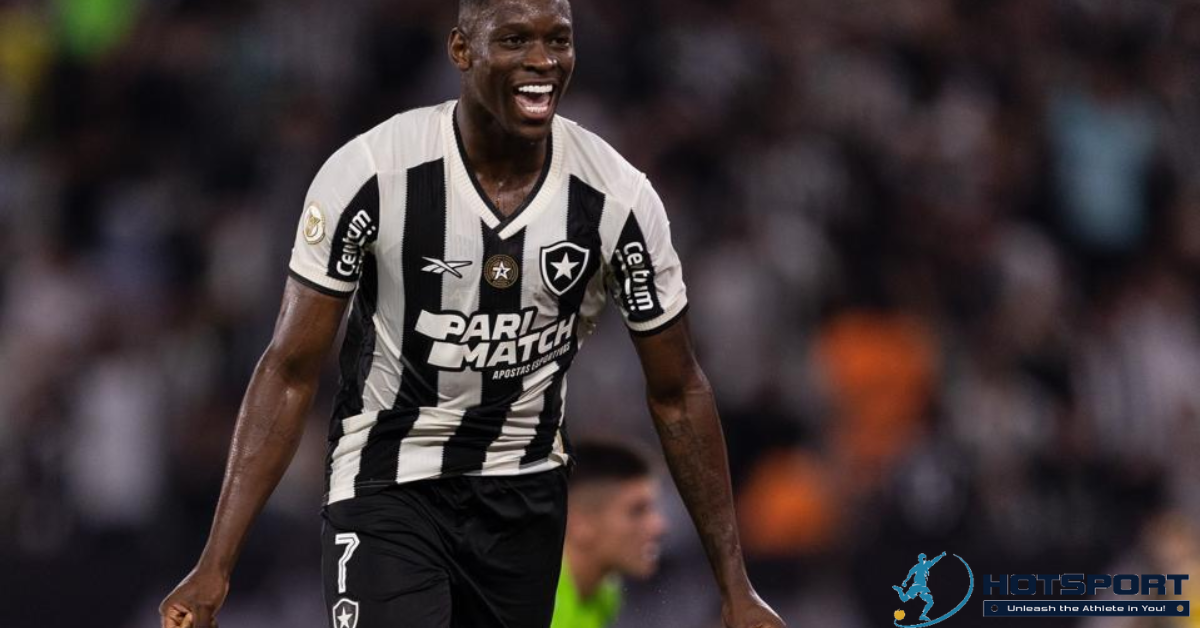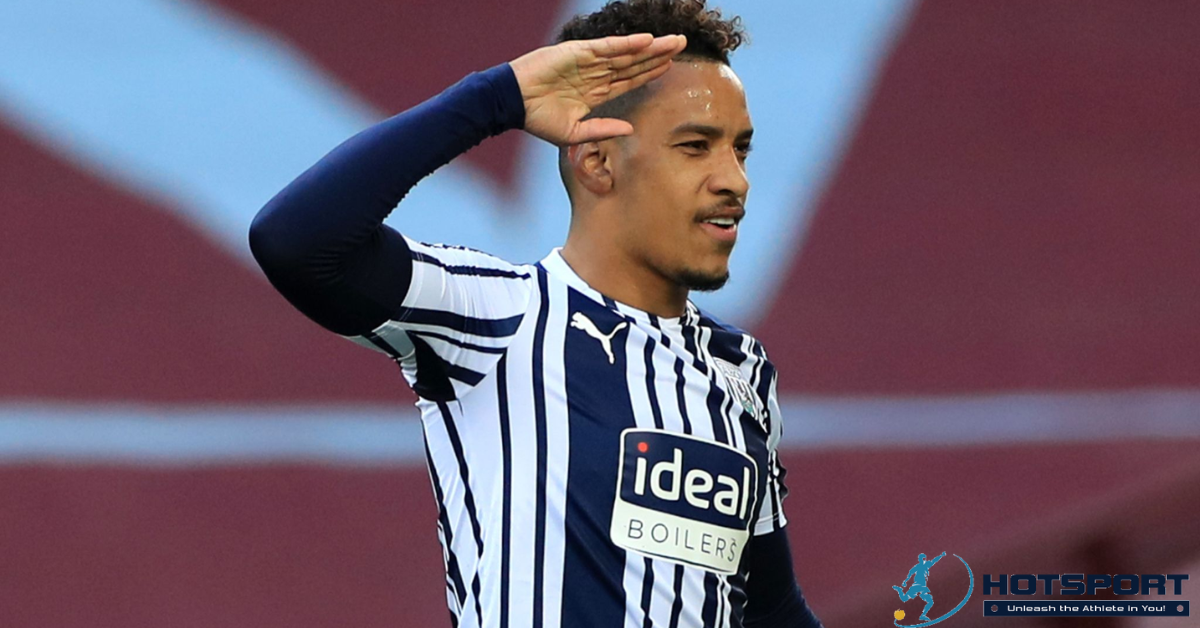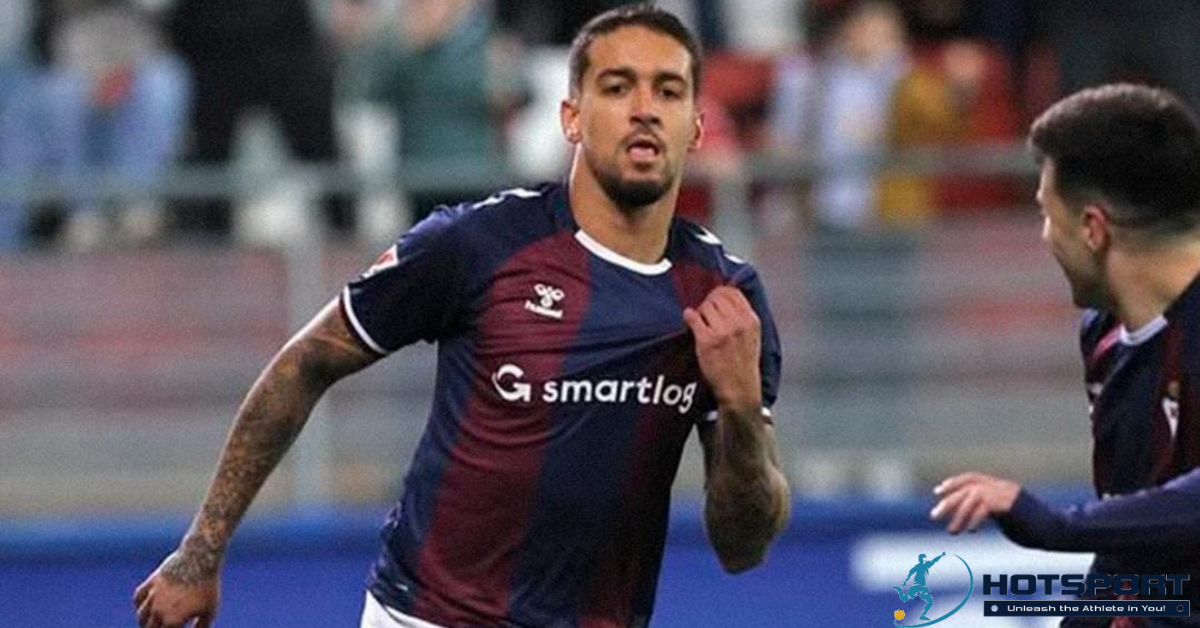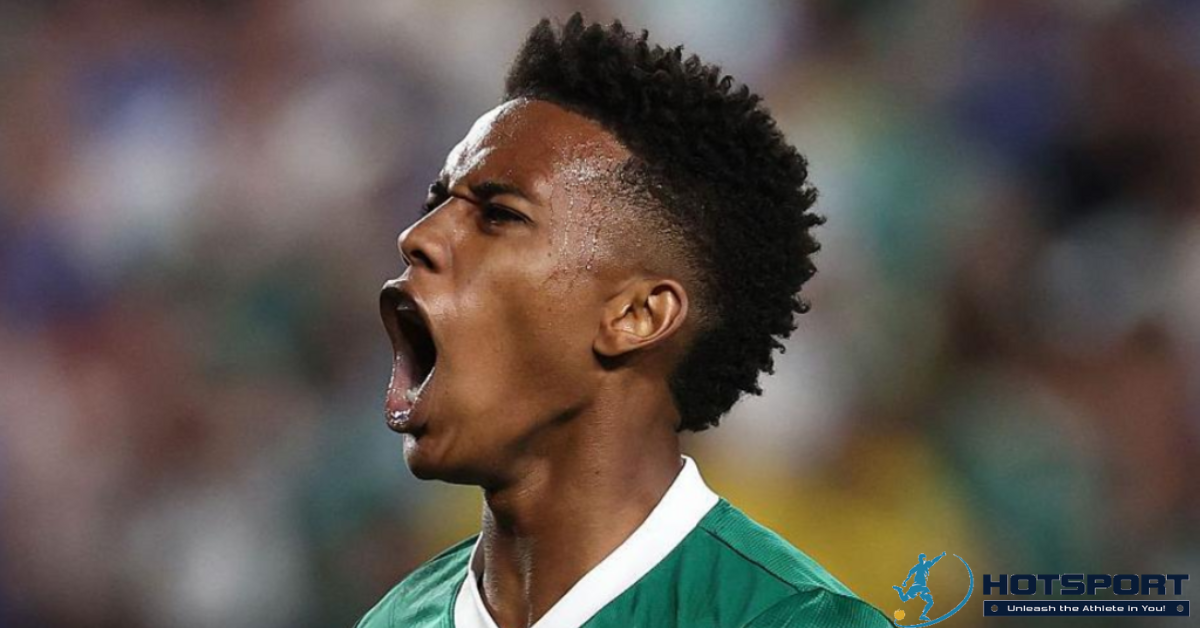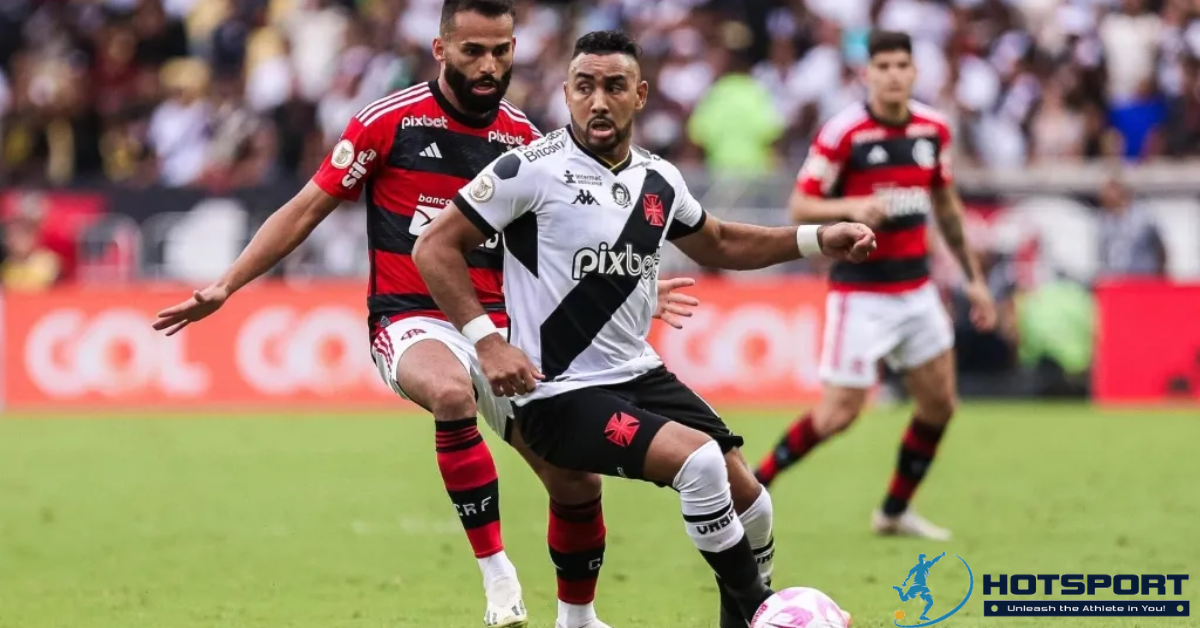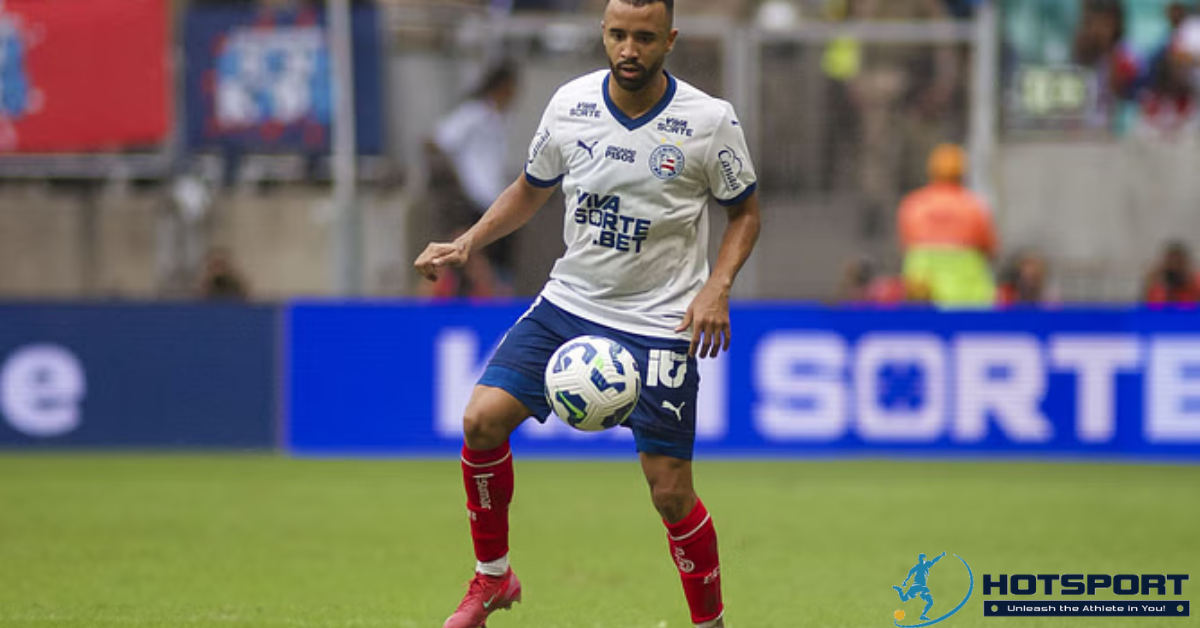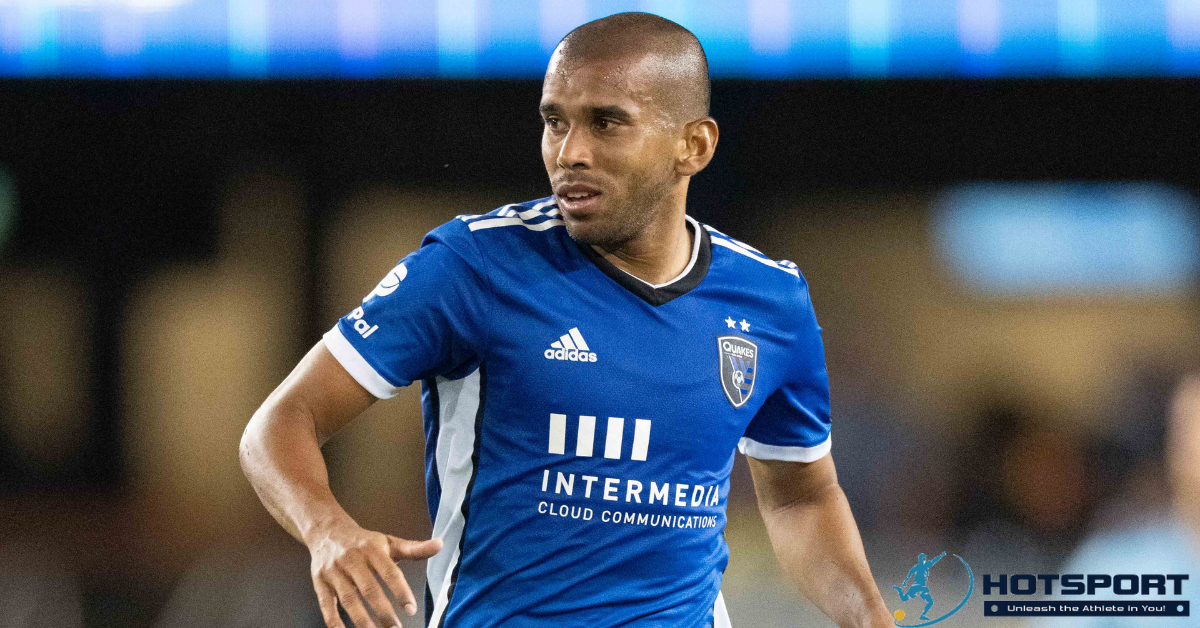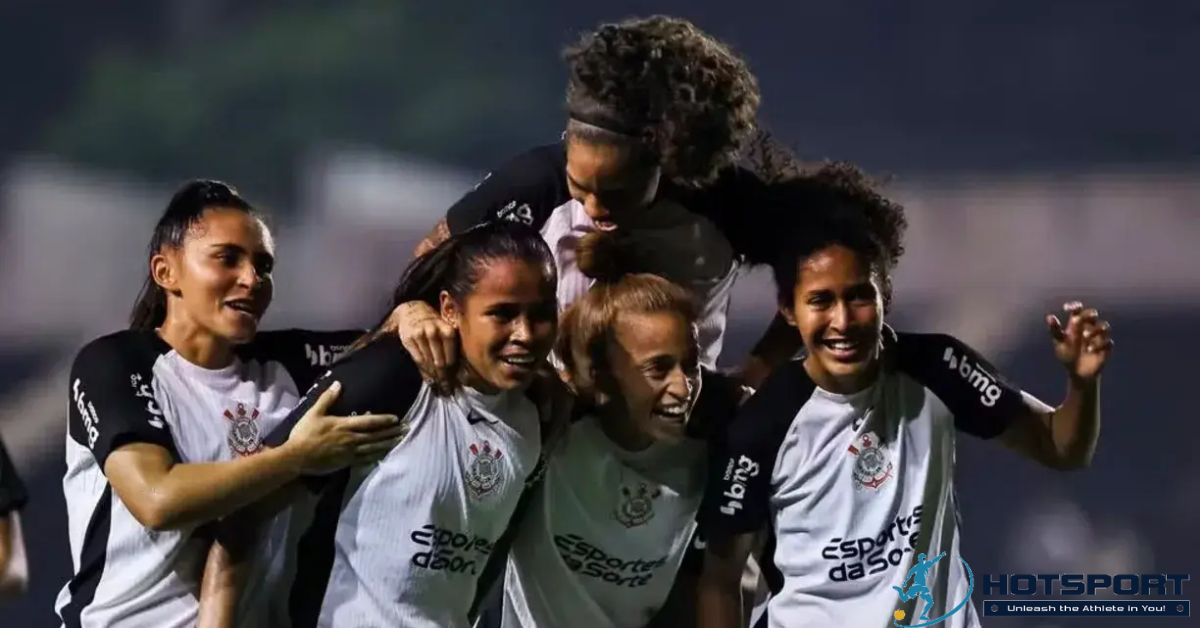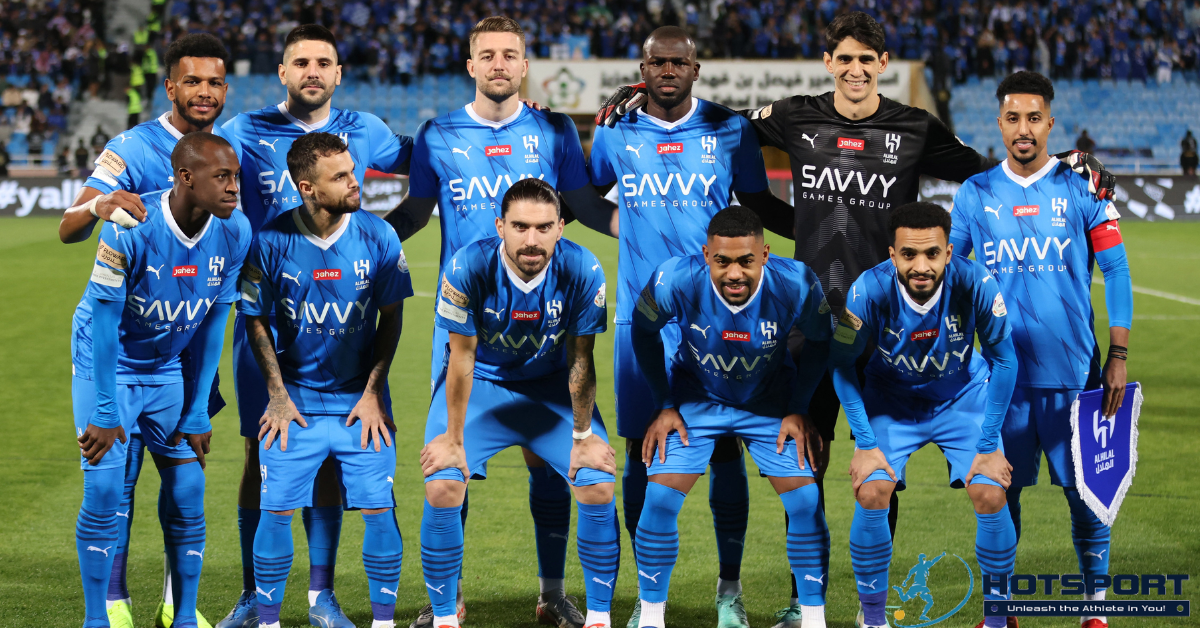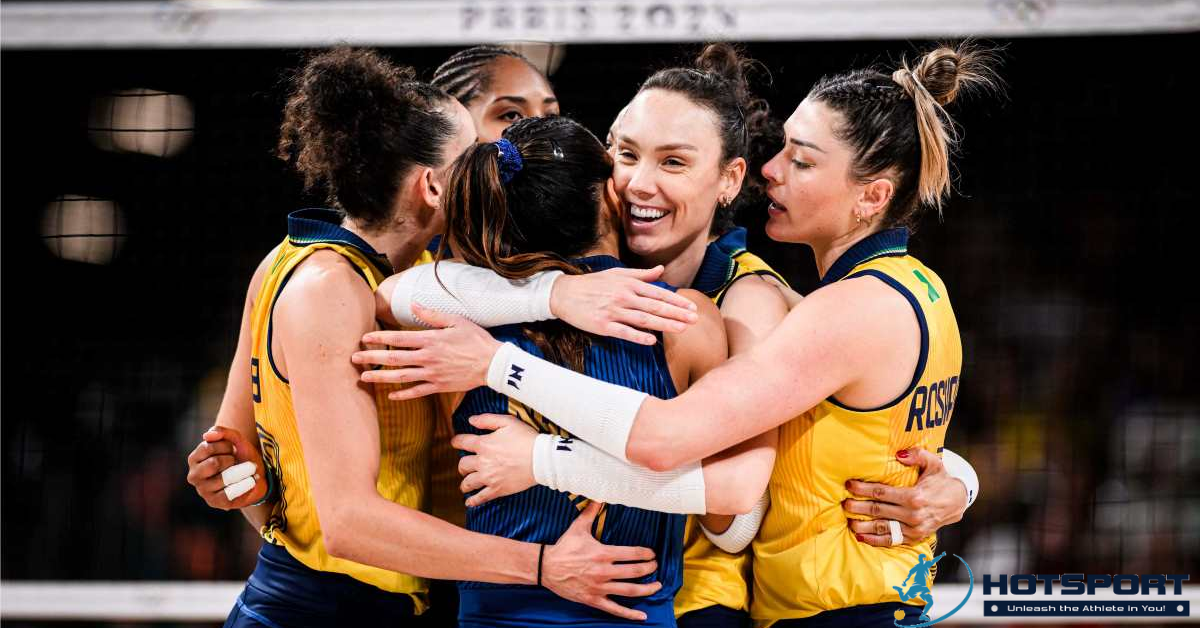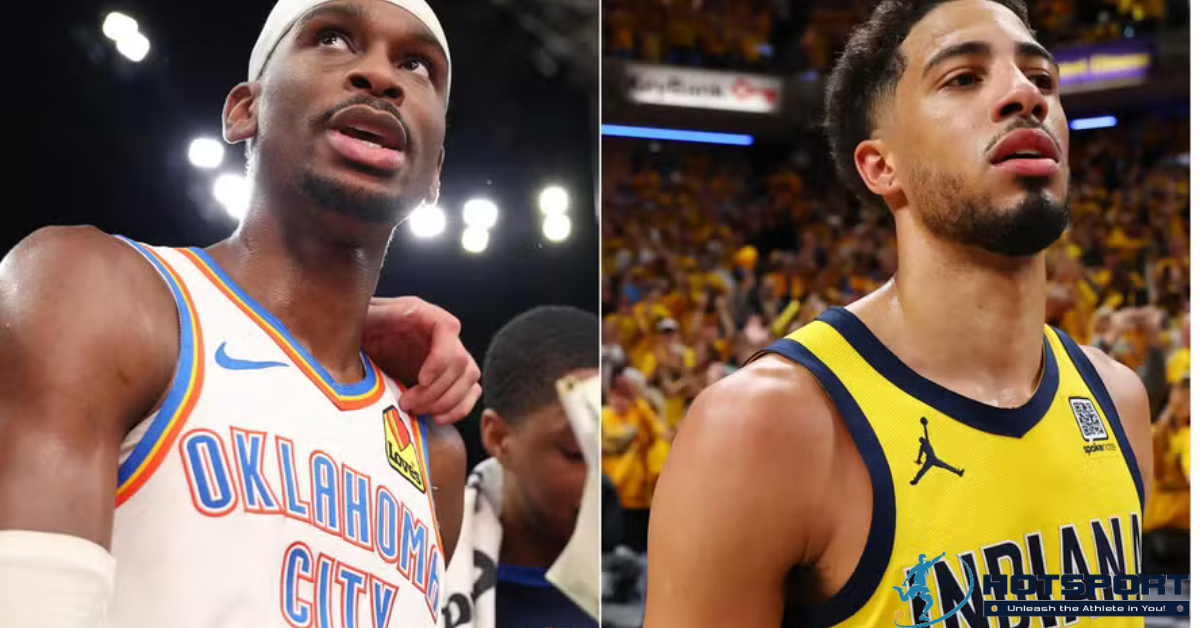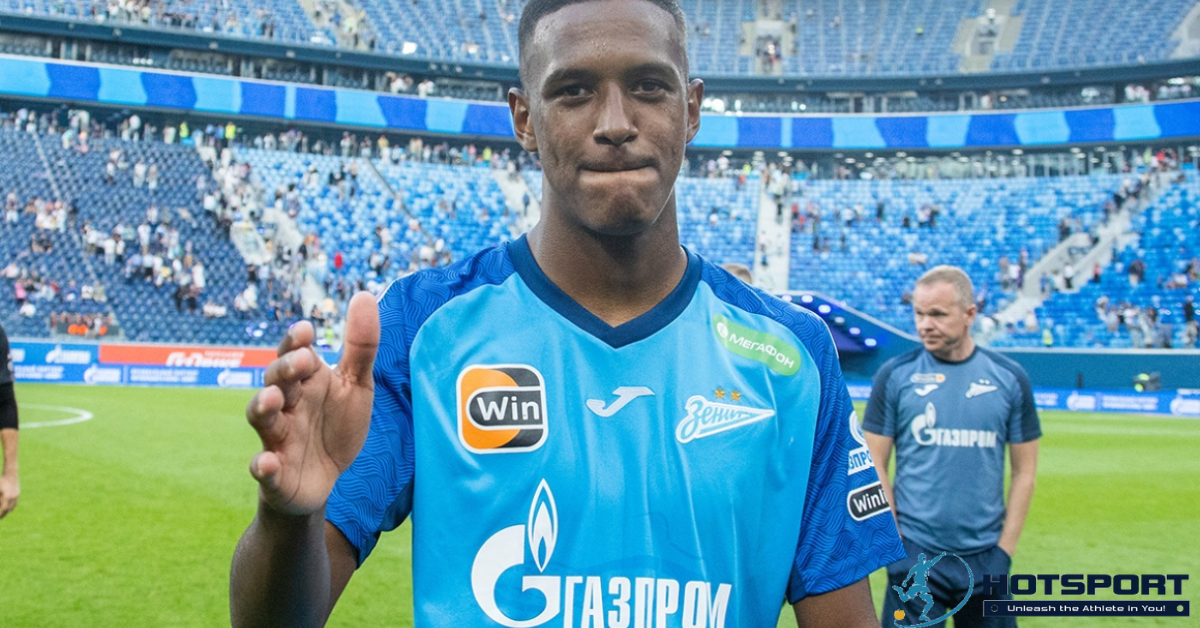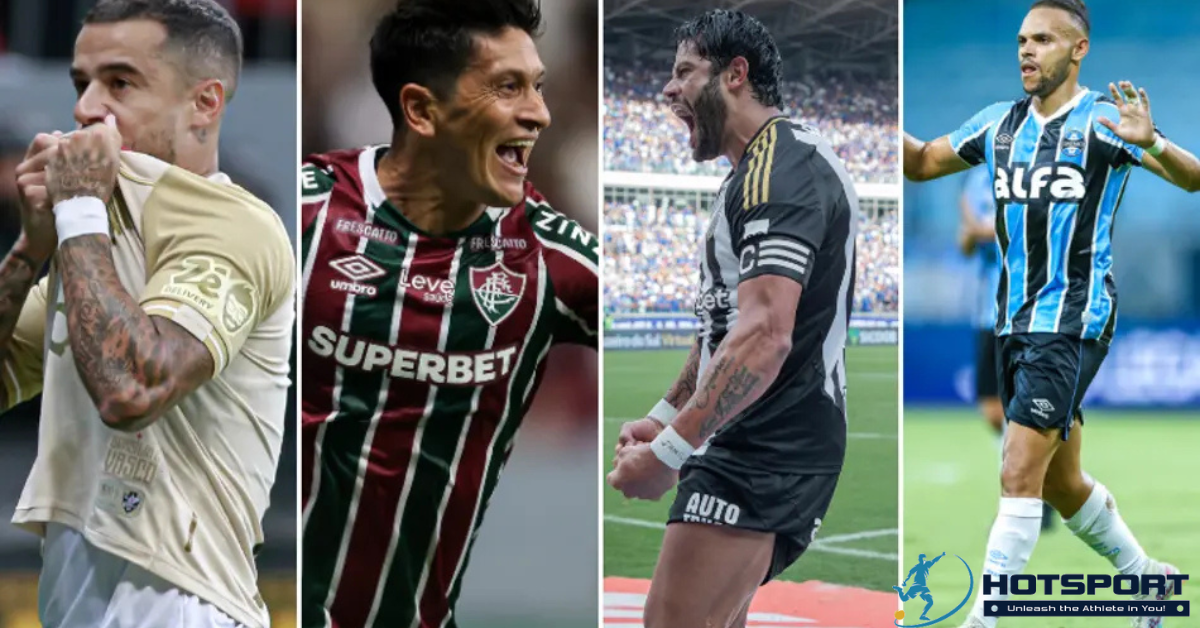Iván Román: Chile’s Rising Football Star
Chilean football has long been known for producing exceptional talents like Iván Zamorano, Marcelo Salas, and Alexis Sánchez, who have left their mark on the international stage. In recent years, a new name has begun to shine on South American pitches: Iván Ramiro Román Hurtado, an 18-year-old Chilean center-back who is already considered one of his country’s brightest prospects. Currently playing for Clube Atlético Mineiro in Brazil, Iván Román has captured attention with his skill, maturity, and potential to become a major figure in the sport. This article explores his journey, achievements, and impact on football, from his early days in Chile to his arrival in Brazilian football.
Early Journey: Roots in Santiago
A Childhood Passion for Football
Born on July 12, 2006, in Santiago, Chile’s capital, Iván Román grew up in an environment where football was more than a sport—it was a cultural passion. Raised in a humble family, he showed an interest in the game from a young age. At four, he was already kicking a ball, inspired by the great Chilean players he watched on television. His dedication and natural talent quickly set him apart from his peers.
Joining Palestino: The First Step
At age four, Iván enrolled in the youth academy of Palestino, a traditional Chilean club known for its strong ties to the country’s Arab community. Based in Santiago, the club became Iván’s home throughout his development as a player. His early entry into Palestino’s youth system allowed him to hone his skills in a structured environment, where experienced coaches quickly recognized his potential as a center-back.
At Palestino, Iván stood out for his physical strength, game vision, and anticipation—qualities rare in such a young player. He progressed through all the club’s youth categories, displaying consistency and leadership, even when competing against older opponents.
Professional Debut: An Early Milestone
First Match in the Primera División
At just 16, Iván Román seized the opportunity many young players dream of: his professional debut. On January 21, 2023, he took the field for Palestino in a 1-1 draw against Audax Italiano in the Chilean Primera División. Despite his youth, Iván displayed remarkable maturity, holding the defense against experienced players and showing confidence on the ball. This match marked the start of his professional career and solidified his name as a prospect to watch.
Signing His First Professional Contract
Two months after his debut, on March 17, 2023, Iván Román signed his first professional contract with Palestino. The agreement was a recognition of his talent and the club’s bet on his future. With the contract, he officially joined the senior squad, earning regular minutes in Chilean league matches. His ability to mark attackers, intercept plays, and contribute to build-up play made him a frequent starter, even among more experienced defenders.
Shining in the Copa Libertadores: A Historic Record
Libertadores Goal: Chile’s Youngest Scorer
The year 2024 was a turning point for Iván Román. On February 27, 2024, during a Copa Libertadores match against Portuguesa of Venezuela, Iván scored in a 2-1 victory. At just 17 years and 230 days old, he became the youngest Chilean to score in the competition’s history. The goal, a precise header from a corner, showcased not only his physical strength but also his ability to position himself well in attacking plays—a rare quality for a center-back.
This moment was widely celebrated in Chile, with local media hailing Iván as the country’s new football gem. The Libertadores goal also drew attention from international clubs, who began monitoring the young defender.
2024 Performance: Consistency and Leadership
During the 2024 season, Iván Román cemented his role as a key player for Palestino. He played 39 matches, scored three goals, and provided two assists—impressive numbers for an 18-year-old center-back. Despite his youth, he also received 12 yellow cards and one red card, reflecting his tenacious style and determination to protect his team’s defense. His consistency and natural leadership made him a fan favorite at Palestino.
Arrival in Brazil: Atlético Mineiro
Transfer to the Galo: A New Chapter
On February 28, 2025, Iván Román took a major step in his career by signing with Clube Atlético Mineiro, one of Brazil’s football giants. The club acquired 50% of his economic rights for approximately $1.7 million, and Iván signed a contract valid until December 2029. The transfer was met with enthusiasm from the Galo fanbase, who saw the young Chilean as a promising addition to the team’s defense.
Iván’s move to Brazil was a significant milestone, not only for him but also for Chilean football, which continues to export talent to competitive leagues. Atlético Mineiro, known for nurturing young players, offered Iván the chance to compete in one of the world’s toughest championships, the Brazilian Série A.
Debut in Brazil: First Steps with the Galo
Iván Román made his debut for Atlético Mineiro on April 13, 2025, in a 2-2 draw against Vitória in the Brazilian Championship. Starting the match, he displayed composure in defense and impressed with his calmness under the pressure of a packed stadium. Though still adapting to the faster, more physical Brazilian style compared to Chile’s, Iván quickly earned the trust of the coaching staff led by Cuca.
Social media posts, such as those from Atlético Mineiro’s official account, celebrated Iván’s arrival, highlighting his professional experience and call-ups to Chile’s youth national teams. The Galo fanbase also showed support, seeing the young center-back as a promise for the club’s future.
Chilean National Team: A Bright Future
Youth National Team Call-Ups
Beyond his club success, Iván Román has shone with Chile’s youth national teams. He represented the U-17 team on several occasions, showcasing his ability in international competitions. In 2024, he was called up to the U-20 team, where he played eight matches and scored one goal. His U-20 call-up in June 2025, as reported by users on Twitter, further solidified his reputation as one of Chile’s most promising young players.
First Senior National Team Call-Up
One of the most significant moments in Iván’s career came on June 3, 2025, when he received his first call-up to Chile’s senior national team. Announced by Atlético Mineiro, the call-up was for World Cup 2026 qualifiers against Argentina and Bolivia. Though he has yet to debut for the senior team, the call-up at age 18 is a testament to his potential and the confidence the Chilean federation has in his talent.
Playing Style: A Modern Center-Back
On-Field Characteristics
Standing at 6 feet tall, Iván Román combines physical strength with tactical intelligence. As a center-back, he is known for his game-reading ability, anticipating opponents’ moves and intercepting passes with precision. His comfort on the ball also sets him apart, allowing him to initiate plays from the back—a crucial quality in modern football.
Iván excels in aerial duels, as shown by his Libertadores goal, and commands a strong presence in the defensive box. Despite his aggressive style, which sometimes leads to cards, he is praised for his tactical discipline and ability to lead the defensive line at such a young age.
Comparisons to Chilean Icons
Though early in his career, Iván Román is already compared to great Chilean center-backs like Elías Figueroa, known for his elegance and leadership on the pitch. Chilean and Brazilian media also see him as a potential successor to modern defenders like Gary Medel, due to his versatility and determination.
Challenges and Expectations in Brazil
Adapting to Brazilian Football
Playing in Brazil presents a significant challenge for Iván Román. The Brazilian Championship is known for its intensity, with fast-paced matches and passionate, packed stadiums. Additionally, the pressure of playing for a club like Atlético Mineiro, with its demanding fanbase and history of success, requires quick adaptation.
However, his experience in the Libertadores and Chilean Primera División has prepared him well for this challenge. Atlético’s coaching staff believes that, with time, Iván can become a cornerstone of the team’s defense, particularly in competitions like the Copa Libertadores and the Brazilian Championship.
Future at Atlético Mineiro
With a long-term contract until 2029, Atlético Mineiro sees Iván Román as a valuable asset. The expectation is that he will gain more playing time throughout the 2025 season, especially in the Copa Sudamericana and Brasileirão. His senior national team call-up also boosts his visibility, potentially attracting interest from European clubs in the future.
Impact on Chilean Football
Inspiration for the Next Generation
Iván Román is more than a talented player; he is an inspiration for young Chileans dreaming of a football career. His journey from a boy in Santiago to a prospect in Brazil shows that hard work and dedication can open doors in the sport. His success also reinforces Palestino’s reputation as a talent-developing club, encouraging other youths to join its academy.
Contribution to La Roja
With Chile facing challenges in the 2026 World Cup qualifiers, the rise of young players like Iván Román brings hope for the national team’s renewal. His senior team call-up, even without a debut, suggests he could play a key role in La Roja’s future, helping the team reclaim its place among South America’s football powers.
Personal Life and Values
A Story of Humility
Off the pitch, Iván Román is described as a humble and focused young man. Raised in Santiago, he maintains close ties with his family and friends, who have supported him from the start. Despite his growing fame, he remains committed to his studies and personal development, balancing his life as a professional athlete with his responsibilities as a young adult.
Representing Chile with Pride
Iván carries his Chilean identity with pride, both on and off the field. His move to Brazil is seen as an opportunity to represent Chile on an international stage, following in the footsteps of legends like Zamorano and Figueroa. In interviews, he has expressed his desire to make history with the Chilean national team and inspire the next generation of players.
Conclusion: The Start of a Legend
At just 18, Iván Román has already achieved remarkable feats: a professional debut, a historic Libertadores goal, and a move to one of Brazil’s biggest clubs. Yet, his journey is only beginning. With talent, determination, and the support of his new home at Atlético Mineiro, Iván has the potential to become one of South America’s—and perhaps the world’s—greatest football stars.
For Galo and Chilean fans, Iván Román is more than a promise—he is the embodiment of football’s new generation, ready to write his own chapter in the sport’s history. Here’s to more goals, victories, and moments of glory for this young Chilean center-back!

